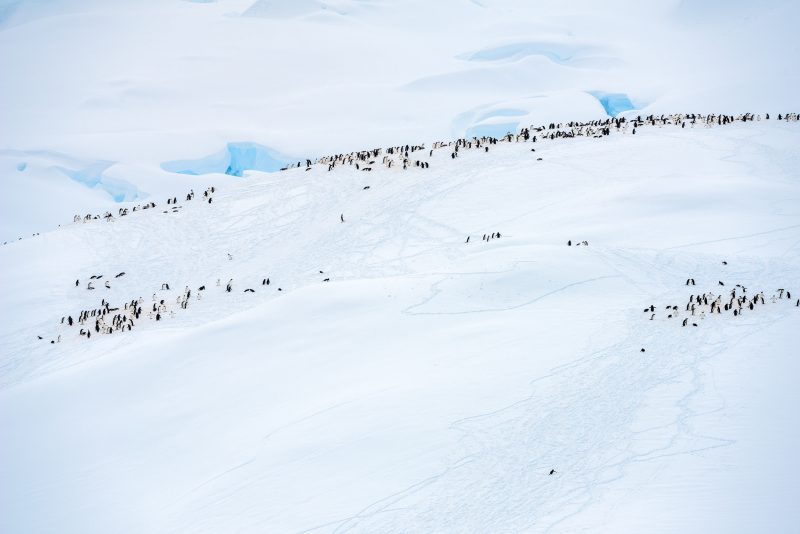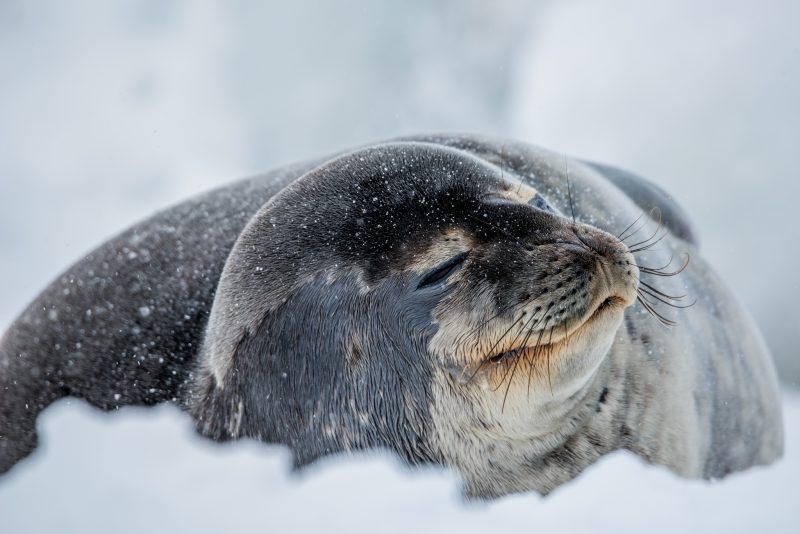
It’s hard to say what draws us to visit the ends of the earth—the reasons are many, and they are at times contradictory. Unpredictable adventures, silence and serenity, unique and curious wildlife, and cutting-edge science are among the allures that pull us to witness one of the world’s most unique environments at the south end of the world.
The intrigue and determination that have fueled so many ships full of adventurous explorers to Antarctica (from the Greek word antarktike, meaning ‘opposite to the north’) is well documented. Robert Falcon Scott, Roald Amundsen, and Ernest Shackleton are well-known figures from the Heroic Era (1900-1922), but these are just some of the countless men who took on the often dangerous challenges of reaching and exploring Antarctica over the centuries.
The International Geophysical Year
Despite the tension and uncertainty that marked the global geopolitical climate following World War II, the international scientific community nonetheless paved the way for collaboration when it came to discussions of Antartica. During the 1957-1958 International Geophysical Year, sixty-seven nations worked collaboratively on a plethora of geophysical research projects.
Though global in scale, the IGY spotlight was on Antarctica, and much was learned there about our understanding of seismological phenomena in the Southern Hemisphere, the earth’s total ice content, glacial analysis, and meteorological predictions. The IGY also set the stage and opened up a forum for discussions about what would become the Antarctic Treaty.
The Antarctic Treaty
In the midst of the Cold War, twelve nations, including the USSR, signed the Antarctic Treaty in 1959 and enacted it June 23, 1961. Ecology, conservation, astrophysics, meteorology, climate science, geophysics, and continental drift are just some of the many physical sciences and areas of study that are represented in the cooperative, international research projects that have followed the remarkable enactment of the Treaty. Within the fourteen articles of the Treaty are the notions of free, collaborative, and non-political scientific investigation between parties.

Antarctica: No Longer Frozen in Time
Today, very real changes in the Antarctic region due to climate change are being documented, lending some urgency to the scientific research being conducted there. Most of the world’s fresh water is found in the continent’s frozen ice, and this ice is melting rapidly. The need for an integrated approach to environmental management is testing the Antarctic Treaty System as national, economic, and scientific interests each add their own pressures.
As global citizens, we may not be able to fully appreciate the types of informed decisions (and urgent actions!) that the Scientific Committee on Antarctic Research, the Antarctic Treaty’s Committee for Environmental Protection, and a myriad of other international and national Antarctica-focused entities must make. But we can see, learn, and appreciate what this great continent has to offer, and urge organizations and our governments to devote the time and resources necessary for ‘maximizing scientific return while minimizing the human footprint.’
Images From Antarctica
Whether you have and have not ventured to that land opposite to the north, I invite you to see (and share!) a small sliver of the animated wildlife and unique landscapes of Antarctica.
In the News
From January through March 2019, PRI’s The World’s Carolyn Beeler is aboard the Nathaniel B. Palmer for a seven-week research expedition to Thwaites Glacier. Follow her journey here.
